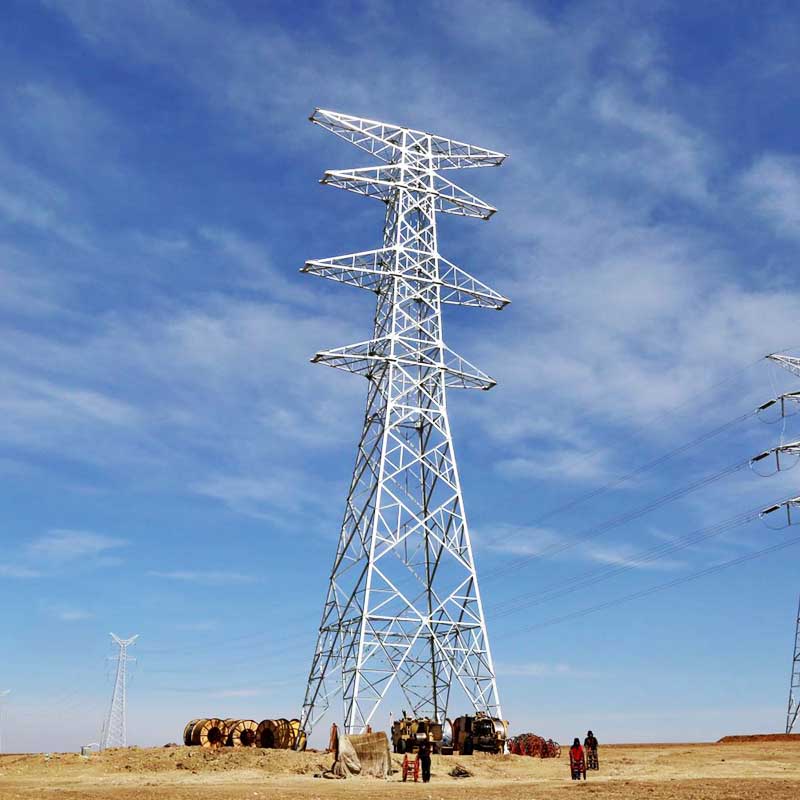High Voltage Grid Power Towers: The Backbone of Electrical Transmission
2025-03-05
Electricity is essential to modern life, powering homes, industries, and entire cities. Behind this seamless energy distribution lies an extensive network of high voltage grid power towers—the towering steel structures that carry electrical power over vast distances. These power towers form the backbone of electrical transmission systems, ensuring that energy generated from power plants reaches consumers efficiently and safely.
What Is a High Voltage Grid Power Tower?
A high voltage grid power tower is a tall, metal-lattice or tubular steel structure designed to support overhead power lines that carry high-voltage electricity across long distances. These towers play a crucial role in the transmission and distribution of electrical power from generating stations to substations and eventually to consumers.
Power towers are engineered to withstand extreme weather conditions, resist corrosion, and handle the mechanical stress caused by high-tension power lines. Their height and structure help keep power lines elevated to prevent interference with people, vehicles, and buildings.
How Do High Voltage Power Towers Work?
Electricity is generated at power plants—such as coal, natural gas, hydroelectric, nuclear, or renewable energy sources—and needs to be transmitted at high voltages to reduce energy loss over long distances. Here’s how power towers function within the electrical grid:
1. High-Voltage Transmission: Electricity is stepped up to high voltages (typically between 110kV and 765kV) using transformers at power stations.
2. Long-Distance Power Transfer: The high voltage electricity travels through overhead transmission lines supported by power towers.
3. Substation Distribution: The electricity reaches substations, where transformers reduce the voltage for distribution to businesses and households.
4. Final Delivery: The electricity is delivered to end-users through distribution lines at lower voltages (typically 120V to 240V for homes).
Key Features of High Voltage Grid Power Towers
- Strong, Durable Structure: Made from galvanized steel or aluminum to resist corrosion and harsh environmental conditions.
- Various Tower Designs: Different types, including suspension towers, tension towers, and transposition towers, depending on terrain and transmission needs.
- High Voltage Capacity: Supports power lines carrying 110kV to 765kV and beyond for ultra-high voltage transmission.
- Safety Features: Designed with proper grounding, insulators, and spacing to minimize electrical hazards.
- Weather and Load Resistance: Engineered to withstand heavy winds, lightning, ice accumulation, and seismic activity.
Types of High Voltage Grid Power Towers
1. Suspension Towers – Used for straight-line transmission, supporting the weight of conductors without changing direction.
2. Tension Towers (Dead-End Towers) – Designed to anchor transmission lines at specific points, resisting mechanical tension.
3. Transposition Towers – Help balance electrical currents in power lines by changing conductor positions.
4. Branching Towers – Allow power lines to split into different directions to serve multiple regions.
High voltage grid power towers are an essential part of the global electrical network, enabling efficient and reliable electricity transmission. Their strong, scalable designs make them crucial for meeting growing energy demands and supporting renewable energy integration. As technology advances, power towers will continue to evolve, ensuring that the world stays connected and powered for generations to come.



